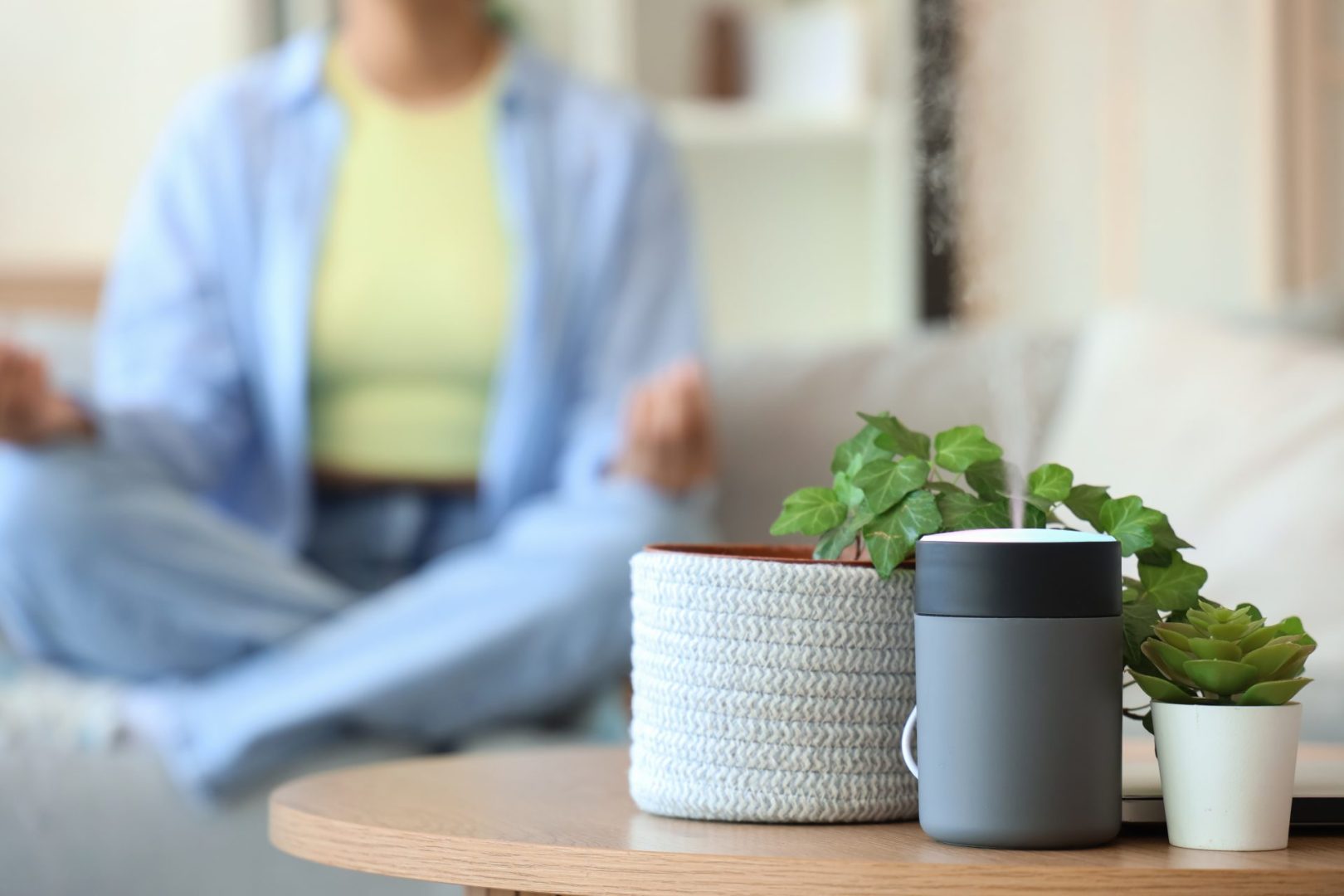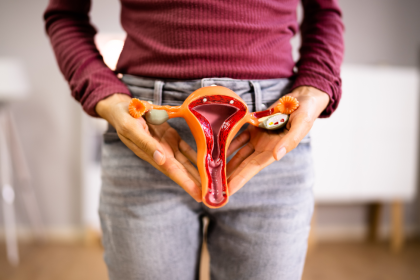Millions of Americans suffer from seasonal and environmental allergies that worsen in dry conditions, particularly during winter months when indoor heating systems dramatically reduce ambient humidity. Air moisture levels drop as low as 10% in heated environments, compared to the ideal 30-50% range recommended by respiratory health experts. This extreme dryness exacerbates allergy symptoms by irritating mucous membranes and reducing the body’s natural defense mechanisms against airborne allergens.
How moisture transforms respiratory function
Proper humidity levels fundamentally change how the respiratory system responds to common allergens. When air lacks sufficient moisture, nasal passages become dried and inflamed, reducing their ability to filter out harmful particles. This dryness also thickens mucus, making it difficult for the body to expel trapped allergens through normal clearing mechanisms.
Adding targeted moisture through humidification helps thin mucus secretions, allowing for more effective clearing of irritants from the nasal passages and sinuses. Research indicates that maintaining indoor humidity between 40-50% can reduce nasal resistance by up to 40% in allergy sufferers, dramatically improving breathing comfort and reducing reliance on medication.
The moisture added by humidifiers also helps maintain the integrity of the respiratory system’s epithelial lining, which serves as the first defense against airborne pollutants and allergens. When this lining becomes dried and cracked, allergens more easily penetrate deeper into respiratory tissues, triggering more severe inflammatory responses.
7 key features that maximize allergy relief benefits
The first essential feature in effective humidifiers is precise humidity control through built-in humidistats. These monitoring systems continuously measure ambient moisture levels and adjust output accordingly. This precision prevents both insufficient humidity that fails to address symptoms and excessive moisture that might promote allergen growth.
Models with digital displays showing real-time humidity readings allow users to maintain optimal conditions between 40-50% humidity. This specific range provides maximum symptom relief while avoiding the 60%+ levels where dust mites proliferate and mold growth accelerates.
The second critical feature involves antimicrobial technology in water tanks and components. Silver ion technology or UV light sterilization systems prevent bacterial and fungal growth within the device itself. These technologies ensure that the mist released contains only pure water vapor rather than potentially harmful microorganisms that could trigger additional allergy symptoms.
Research has demonstrated that untreated humidifier water can develop significant bacterial counts within 48 hours, making this protection essential for allergy sufferers whose respiratory systems already face heightened challenges.
Water quality systems protect sensitive airways
The third important feature centers on water purification capabilities. Advanced filtration systems that remove minerals from tap water prevent the release of white dust—airborne mineral particles that can irritate sensitive airways when standard tap water evaporates.
Humidifiers employing demineralization cartridges or built-in filtration systems effectively reduce these emissions by up to 99%, protecting respiratory tissues from additional irritation. This feature proves particularly valuable for individuals with both allergies and asthma, whose airways show heightened sensitivity to particulate matter.
Fourth, automatic shutoff mechanisms provide essential safety protection when water levels run low. This feature prevents motor damage while eliminating the risk of overheating that could potentially release harmful compounds into the air. The automatic shutoff also ensures consistent operation within the optimal humidity range, preventing dangerous fluctuations in moisture levels.
Design elements impact effectiveness and maintenance
The fifth crucial feature involves ease of cleaning through accessible designs. Humidifiers with removable tanks, wide openings, and dishwasher-safe components significantly improve maintenance compliance. Since regular cleaning prevents microbial growth that could counteract allergy benefits, these design elements directly impact therapeutic effectiveness.
Research shows that poorly maintained humidifiers can actually increase allergy symptoms by distributing mold spores and bacteria. Models designed specifically for simple disassembly and thorough cleaning help prevent this counterproductive outcome.
Sixth, appropriate sizing capacity matched to room dimensions ensures optimal humidity distribution. Underpowered units fail to raise moisture levels sufficiently in larger spaces, while oversized models can create dangerously high humidity in confined areas. Manufacturers typically indicate square footage coverage, with residential models generally ranging from 300-1000 square feet of effective area.
Following these guidelines prevents localized areas of excessive moisture near the unit that could promote mold growth while ensuring consistent humidity throughout the space for maximum symptom relief.
Operation considerations for overnight use
The seventh essential feature involves noise level considerations, particularly important for bedroom use. Operating at sound levels below 30 decibels allows allergy sufferers to run units overnight when symptoms often intensify due to prolonged allergen exposure on bedding and horizontal surfaces.
Ultrasonic technology generally produces the quietest operation while effectively adding moisture to indoor environments. These units utilize high-frequency vibrations rather than fans or heating elements, significantly reducing operational noise while maintaining efficient humidification.
Some advanced models incorporate programmable timers and sleep modes that reduce output and noise during overnight hours while maintaining sufficient humidity levels. These features help balance comfort concerns with therapeutic moisture needs during the critical sleep period when respiratory complaints often intensify.
Different technologies offer varying benefits
Warm mist and cool mist technologies provide distinct advantages for different allergy scenarios. Warm mist humidifiers boil water before release, effectively killing most microorganisms in the process. This sterilization benefit makes them particularly valuable during cold and flu season when preventing viral transmission becomes as important as alleviating allergy symptoms.
The steam produced by warm mist units also tends to increase room temperature slightly, providing additional comfort during winter months when indoor heating creates the driest conditions. However, these units consume approximately 10-20% more electricity than cool mist alternatives.
Cool mist technologies, including evaporative and ultrasonic methods, offer greater energy efficiency while effectively increasing ambient humidity. Evaporative models naturally prevent over-humidification as their effectiveness diminishes when humidity rises, creating a self-regulating system beneficial for maintaining ideal moisture levels.
Ultrasonic units provide the most precise control over mist volume and particle size, potentially delivering moisture more efficiently to irritated tissues. Their whisper-quiet operation makes them particularly suitable for bedrooms and workspaces where noise disruption concerns exist.
Proper maintenance protects therapeutic benefits
Regular maintenance proves essential for preserving humidifier benefits while preventing potential problems. Daily water changes prevent bacterial proliferation, while weekly deep cleaning using vinegar solutions removes mineral deposits and biofilm that could harbor harmful microorganisms.
Replacing filters according to manufacturer guidelines ensures continued removal of contaminants that could otherwise be dispersed into the air. Most humidifier filters require replacement every 1-3 months depending on water quality and frequency of use.
Using distilled or demineralized water significantly reduces maintenance requirements while preventing mineral dust emissions. While representing an additional ongoing cost, this practice substantially extends equipment life while maximizing therapeutic benefits for sensitive individuals.
Proper seasonal storage after thorough cleaning and complete drying prevents microbial growth during inactive periods. Following manufacturer guidelines for storage preparation helps ensure the unit remains safe for use when symptoms return during seasonal changes.
For allergy sufferers seeking respiratory relief, humidifiers represent a valuable non-pharmaceutical intervention that addresses the fundamental environmental factor of air dryness. By selecting models with these seven essential features and maintaining them properly, patients can significantly reduce symptom severity while improving overall respiratory comfort throughout challenging allergy seasons.









